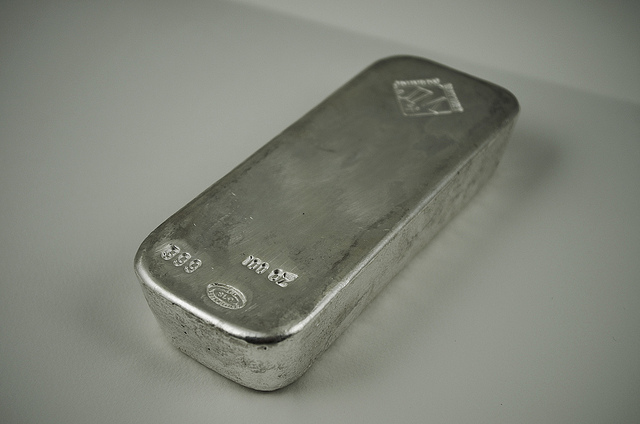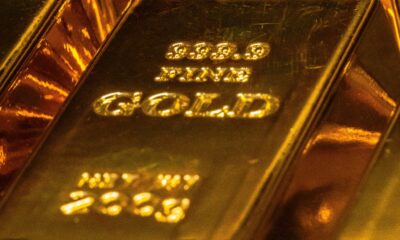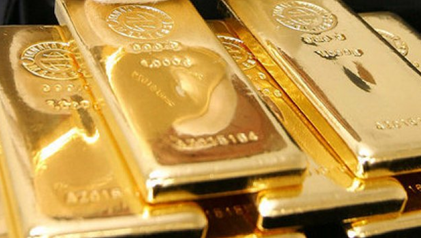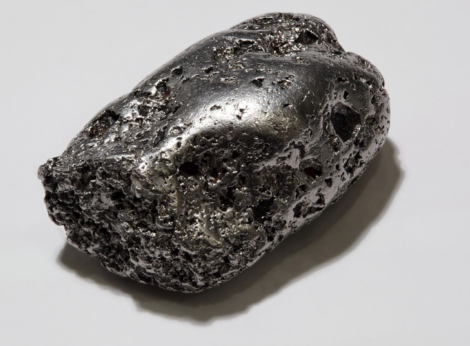Nyheter
Year-End Commodities Outlook
 CPM Group’s analysts and advisors are asked about our expectations for commodities markets and prices for the coming year at this point. Below is a brief overview of the company’s analyses of some of the key points on which the markets currently are focusing.
CPM Group’s analysts and advisors are asked about our expectations for commodities markets and prices for the coming year at this point. Below is a brief overview of the company’s analyses of some of the key points on which the markets currently are focusing.
Commodities have enjoyed remarkably strong price increases since the turn of the century. In 2011, prices of various commodities reached what appears to have been at least near-term peaks and have since been trending lower. CPM Group expects this downward shift in price levels to continue for many commodities, including gold, silver, oil, and various base metals, in the coming year.
Through the remainder of 2012 commodities prices appear vulnerable to declines from present levels. Investors are showing some fatigue and increasing hesitancy about remaining long many commodities. They are concerned about the effects on commodities prices of any further weakness in the economies of the United States, China, India, and Europe, both on gold and silver, and on industrial commodities.
For some industrial commodities, like platinum, palladium, and some base metals, these dips could represent compelling entry points for medium to long term long positions.
Gold and the Fiscal Cliff
Gold prices may be weak for an extended period, possibly averaging 1.0% lower in 2013 from 2012 levels. Prices averaged $1,670 this year through 17 December, up 6.3% from the similar period a year ago. Gold is expected to trade between $1,550 and $1,750 from now through February.
Investors are expected to be more price-sensitive to gold prices in 2013, a theme that began to emerge in the last four months of 2011 and now seems to be firmly entrenched in this market. This price sensitivity is expected to result in lower highs and lower lows in intraday prices throughout next year.
Some investors, and gold marketing groups, have suggested that the fiscal cliff facing the U.S. economy could be bullish for gold and commodities. Actually, it seems that the fiscal policy decisions and resolutions of these issues most likely will have negative price implications for both gold and commodities. Gold prices in fact may be supported in December by investor nervousness over the resolution of this political melodrama, but once the soap opera in Washington has played its last scenes out, the actual economic consequences may be seen as disinflationary and thus not positive for gold.
The resolution of the fiscal cliff will involve some combination of reduced government spending and increased taxes, albeit the extent of spending reductions and tax increases are uncertain. This resolution will result in an economic reality of disinflationary, possibly recessionary, pressures on economic activity. That is negative for gold and silver, as financial assets. It also is negative for industrial commodities in the medium term. The difference between a worst case scenario – falling off the cliff – and a best case scenario in which the U.S. government makes some substantive reductions in government spending and increases in taxes in a sensible way (as opposed to those outlined in the mandatory cuts and tax increases that constitute the looming cliff) is a matter of degrees. There is no bullish outcome for industrial commodities, gold, or silver, in any of the reasonably expected political and fiscal outcomes of the current budgetary talks in Washington. Because a fiscal cliff resolution is inherently negative for short-term economic growth, with the degree by which it will be negative being uncertain, we are bearish on many commodities during the first half of 2013, excluding various commodities whose fundamentals are expected to override short-term turbulence in the commodities sector.
Platinum and Palladium
South African platinum group metals mine output is declining around 12% in 2012. This loss of mine production, an anticipated 15% to 25% increase in operating costs at South African PGM mines for 2012, multi-year deferments of project development, and continuing healthy growth in demand for these metals are expected to contribute to higher prices for an extended period.
Platinum and palladium both are expected to perform well in 2013, however CPM Group is cautious on these markets in the near to medium term, given expectations of weak economic activity in the first half of the year.
Base Metals and China
China’s government is focused on stabilizing real economic growth over the medium to long term, targeting real GDP growth of between 7.5% and 8.5%. CPM Group expects China to succeed in this effort. Demand for base metals will benefit from this stabilization, helping support prices of base metals next year. Investors in North America and Europe will be expected to misunderstand Chinese economic developments and overreact, bidding base metals prices higher.
Fundamentally, lead prices appear most likely to increase at a healthy pace next year, with the other LME-traded base metals facing annual surpluses that could keep prices flat at 2012 annual average levels.
Petroleum
Strong oil production growth from unconventional sources in the United States has weighed on WTI oil prices in 2012. This trend is likely to continue into 2013, albeit at slower rates. Stagnant to lower oil demand in most major industrialized economies could dampen some positive sentiment with regards to improving Chinese demand. Thus, WTI oil is expected to trade largely in a range of $82 and $95 in 2013. Brent oil may decline relative to WTI but stabilize at around $100 or so.
[box]Denna analys är producerad av CPM Group och publiceras med tillstånd på Råvarumarknaden.se.[/box]
Disclaimer
Copyright CPM Group 2012. Not for reproduction or retransmission without written consent of CPM Group. Market Commentary is published by CPM Group and is distributed via e-mail. The views expressed within are solely those of CPM Group. Such information has not been verified, nor does CPM make any representation as to its accuracy or completeness.
Any statements non-factual in nature constitute only current opinions, which are subject to change. While every effort has been made to ensure that the accuracy of the material contained in the reports is correct, CPM Group cannot be held liable for errors or omissions. CPM Group is not soliciting any action based on it. Visit www.cpmgroup.com for more information.
Nyheter
Spotpriset på guld över 4300 USD och silver över 54 USD
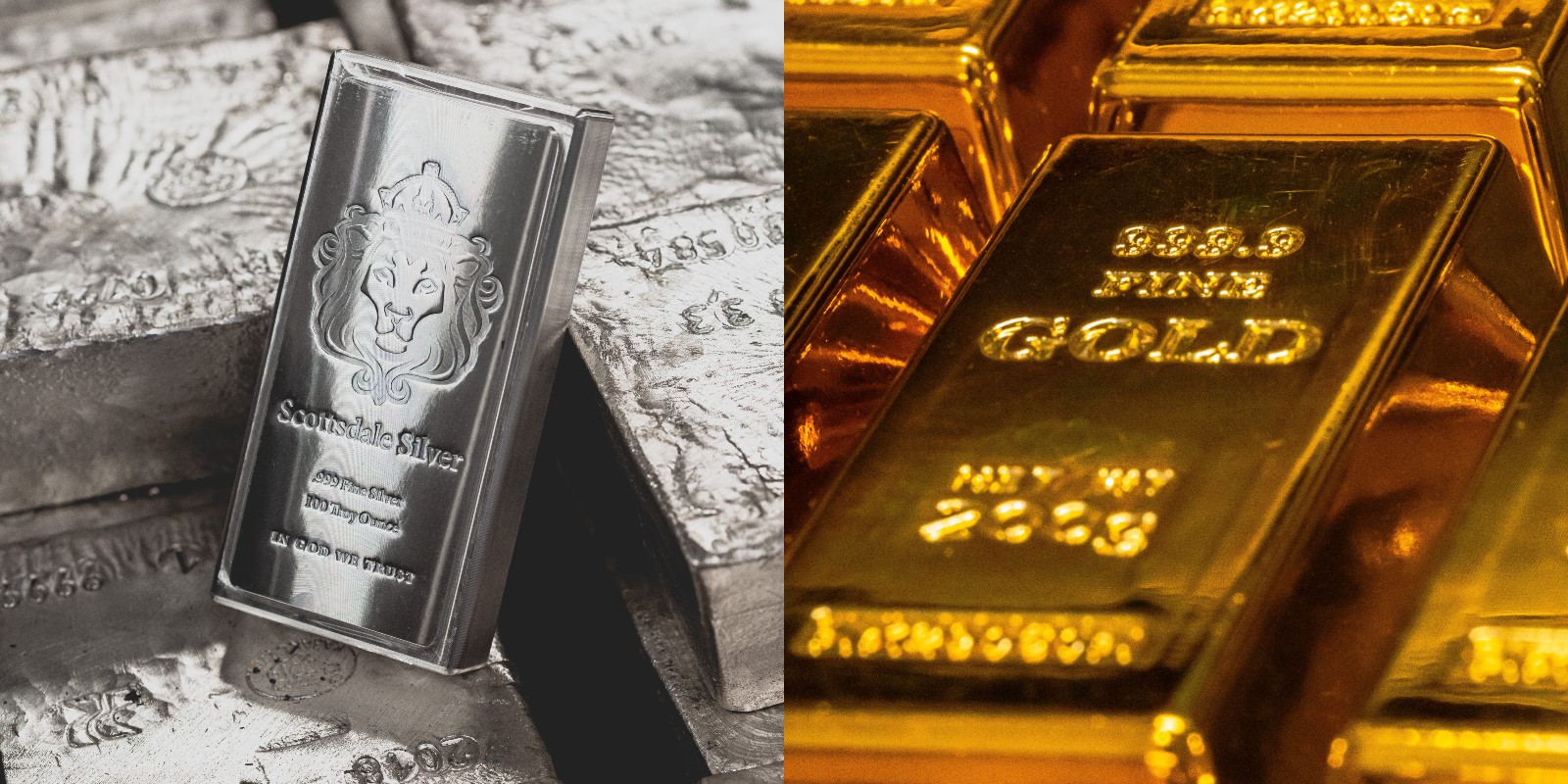
Guldpriset stiger i ett spektakulärt tempo, nya rekord sätts nu på löpande band. Terminspriset ligger oftast före i utvecklingen, men ikväll passerade även spotpriset på guld 4300 USD per uns. Guldet är just nu som ett ångande tåg som det hela tiden skyfflas in mer kol i. En praktisk fördel med ett högre pris är att det totala värdet på guld även blir högre, vilket gör att centralbanker och privatpersoner kan placera mer pengar i guld.
Även spotpriset på silver har nu passerat 54 USD vilket innebär att alla pristoppar från Hunt-brödernas klassiska squeeze på silver har passerats med marginal. Ett högt pris på guld påverkar främst köpare av smycken, men konsekvensen av ett högt pris på silver är betydligt mer kännbar. Silver är en metall som används inom många olika industrier, i allt från solceller till medicinsk utrustning.
Nyheter
Guld och silver stiger hela tiden mot nya höjder
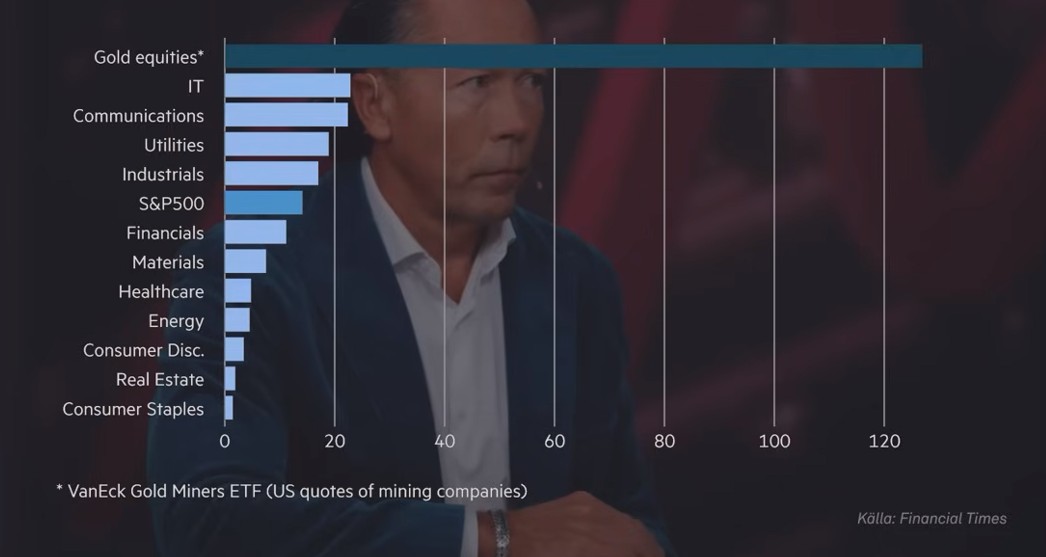
Priserna på guld och silver stiger hela tiden mot nya höjder. Eric Strand går här igenom vilka faktorerna som ligger bakom uppgångarna och vad som kan hända framöver. Han får även kommentera aktier inom guldgruvbolag som har haft en bättre utveckling än nästan allt annat. Han säger bland annat att uppgången kommer från låga nivåer och att det i genomsnitt är en mycket högre kvalitet på ledningarna för bolagen idag.
Nyheter
Samtal om sällsynta jordartsmetaller, guld och silver
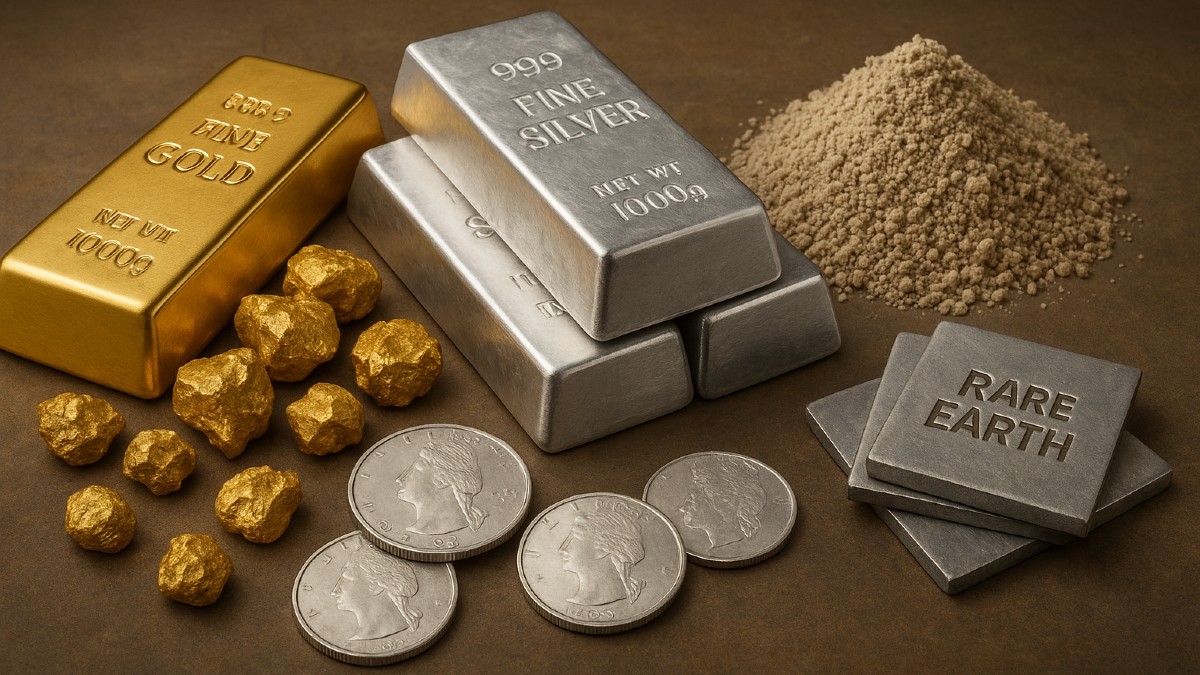
Samtal om sällsynta jordartsmetaller, guld och silver, samt gruvbolag. Clara My Lernborg på EFN ger sin syn på sällsynta jordartsmetaller som blivit centrala i den globala geopolitiken. Sarah Tomlinson på Metals Focus ger sin syn på guld. Eric Strand på AuAg Fonder ger sin syn på guld, silver och relaterade gruvbolagsaktier.
-

 Nyheter3 veckor sedan
Nyheter3 veckor sedanOPEC+ missar produktionsmål, stöder oljepriserna
-

 Nyheter3 veckor sedan
Nyheter3 veckor sedanEtt samtal om guld, olja, fjärrvärme och förnybar energi
-

 Nyheter2 veckor sedan
Nyheter2 veckor sedanGuld nära 4000 USD och silver 50 USD, därför kan de fortsätta stiga
-

 Analys3 veckor sedan
Analys3 veckor sedanAre Ukraine’s attacks on Russian energy infrastructure working?
-

 Nyheter1 vecka sedan
Nyheter1 vecka sedanGoldman Sachs höjer prognosen för guld, tror priset når 4900 USD
-

 Nyheter2 veckor sedan
Nyheter2 veckor sedanBlykalla och amerikanska Oklo inleder ett samarbete
-

 Nyheter3 veckor sedan
Nyheter3 veckor sedanGuldpriset uppe på nya höjder, nu 3750 USD
-

 Nyheter2 veckor sedan
Nyheter2 veckor sedanEtt samtal om guld, olja, koppar och stål



